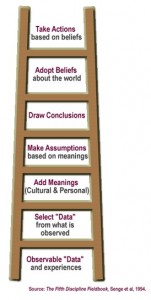This is a provocative search that yields nothing by machine response. It is an interesting question at multiple levels.
1) Within the intelligence profession, multisource generally is called “all source” except that secret communities are simply not serious about the most fundamental source of all, Open Source Intelligence (OSINT); they denigrate the Human Intelligence (HUMINT) by doing lip service (liaison from official cover, not real spying); and they don't process what they collect via the technical disciplines that are “out of control” (Imagery Intelligence or IMINT, Signals Intelligence or SIGINT, and Measurements and Signatures Intelligence or MASINT).
From a collection and processing and analytic standpoint, properly done “all source” intelligence demands competence at requirements definition (what do we need to know), collection management (how best to triage among possible sources), processing (machine speed and competent human translation and cultural nuance understanding), and analytics (deep contextual knowledge on the shelf, enhanced intuition, skilled blending and extrapolation). The US Intelligence Community does none of these. It is instead an archipelago in which everyone fights over inputs and no one is held accountable for outputs or a process that optimizes the timeliness and utility of outputs.
2) Outside the secret world, multisource intelligence could be, should be, concerned with assuring the collection and understanding of all possible points of view, what is called 360 degree analytics. To take the Spratley Islands as an example, a good understanding would require multi-lingual access to Chinese, Vietnamese, Philippine, and other sources, including external parties such as the US and Australia, and it should ideally also go back in time to study the consistency or inconsistency of policy and informal statements over the past 50-100 years.
Below are a few graphics (direct ones in bold):
Continue reading “Search: multisource intelligence”


